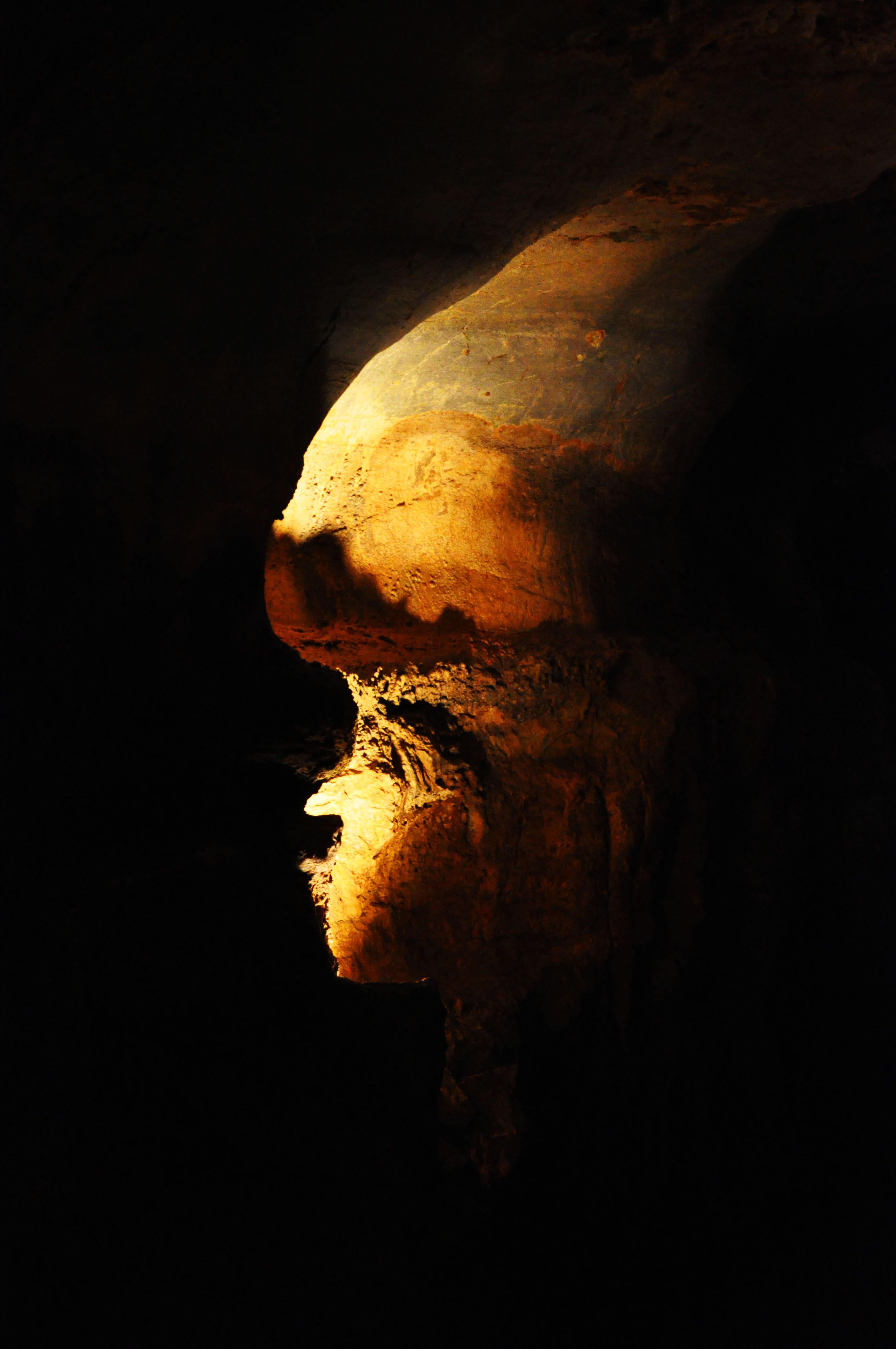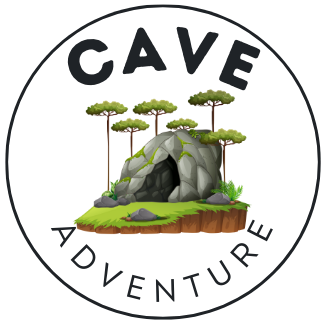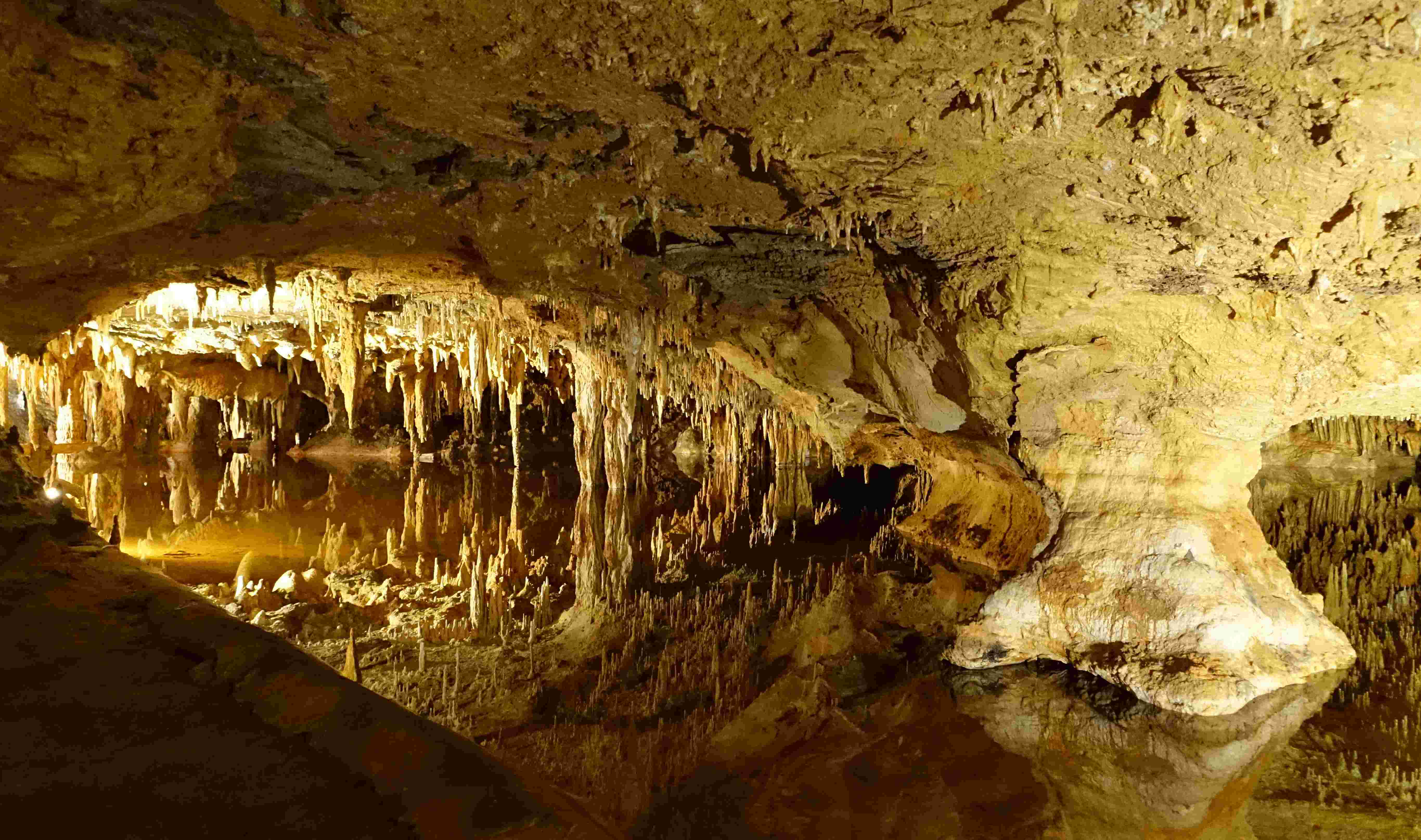Luray Caverns, located in Virginia’s Shenandoah Valley, has yielded fascinating bone discoveries that offer glimpses into prehistoric life. These findings include human remains estimated to be 500 years old and various animal bone fragments. The caverns’ unique environment has preserved these bones through calcite accumulation, providing valuable insights into the region’s past. Visitors can explore these prehistoric treasures through guided tours, making Luray Caverns a captivating destination for history and geology enthusiasts.
What Types of Prehistoric Bones Have Been Discovered in Luray Caverns?

The bone discoveries in Luray Caverns have been both intriguing and diverse. While the caverns are not primarily known for extensive prehistoric bone finds, the discoveries made have significant historical and archaeological value. Let’s explore the types of bones that have been unearthed:
- Human Remains
- Bone fragments of a Native American girl
- Estimated to be approximately 500 years old
-
Age determined by the rate of stalagmitic growth surrounding the bones
-
Animal Bones
- Various unspecified animal bone fragments
-
Likely transported into the caverns by natural processes such as flooding
-
Bone Fragments in Skeleton Gorge
- 13 distinct bone fragments discovered
- Covered in calcite, indicating natural transportation into the cave
These discoveries provide valuable insights into the history of human presence in the area and the natural processes that have shaped the caverns over time.
How Were the Bones Preserved in Luray Caverns?

The preservation of bones in Luray Caverns is a testament to the unique environmental conditions within the cave system. Several factors contribute to this remarkable preservation:
-
Calcite Accumulation: The bones found in the caverns, particularly in Skeleton Gorge, were covered in calcite. This mineral accumulation acted as a protective layer, shielding the bones from decay and environmental factors.
-
Stable Cave Environment: The consistent temperature and humidity levels within the caverns create an ideal environment for preservation. These conditions slow down the decomposition process significantly.
-
Natural Encasement: Many of the bones were found encased within stalagmites and stalactites. This natural encasement further protected the remains from external elements and potential disturbances.
-
Minimal Human Interference: Prior to their discovery, these bones remained undisturbed for centuries, allowing natural preservation processes to work effectively.
The combination of these factors has allowed the bones to remain intact and provide valuable archaeological and historical information.
When Were the Bones Discovered and What Was Their Significance?
The discovery of bones in Luray Caverns is intertwined with the caverns’ own history of exploration and research. Here’s a timeline of key events and discoveries:
| Year | Event |
|---|---|
| 1878 | Discovery of Luray Caverns |
| 1920 | Skeleton of Native American girl sent to Smithsonian Institution |
| Ongoing | Continued exploration and research in the caverns |
The most significant bone discovery in Luray Caverns is the skeleton of a Native American girl, estimated to be around 500 years old. This finding is particularly important for several reasons:
- Historical Context: It provides evidence of Native American presence in the area during the pre-colonial period.
- Archaeological Value: The preservation of the bones offers insights into the life and possibly the death of individuals from that era.
- Scientific Research: The rate of calcite accumulation around the bones has helped in estimating their age, contributing to our understanding of cave formation processes.
- Cultural Significance: The discovery highlights the rich cultural heritage of the region and its indigenous inhabitants.
The bones found in Skeleton Gorge, while not as specifically dated, also hold significance:
- They demonstrate how natural processes like flooding can transport organic material into cave systems.
- The calcite coverage on these bones provides a snapshot of geological processes within the caverns.
What Can Visitors Expect to See Related to Bone Discoveries in Luray Caverns?
Visitors to Luray Caverns can expect an enriching experience that combines natural wonder with historical intrigue. While the focus of the caverns is primarily on their geological features, the bone discoveries add an extra layer of fascination. Here’s what visitors can expect:
- Guided Tours
- Informative tours led by knowledgeable guides
- Explanations of the caverns’ formation and history, including bone discoveries
-
Visits to key areas like Skeleton Gorge
-
Exhibits and Displays
- Possible displays or information panels about the bone discoveries
-
Context provided about the significance of the finds
-
Skeleton Gorge
- Opportunity to see the area where bone fragments were discovered
-
Explanation of how the bones were preserved and what they tell us about the past
-
Educational Experience
- Learn about the interplay between geology, archaeology, and history
-
Understand the processes of cave formation and preservation of organic materials
-
Additional Attractions
- Great Stalacpipe Organ
- Dream Lake
- Unique formations like the Giant Redwood Tree and Saracen’s Tent
How Does the Discovery of Bones in Luray Caverns Contribute to Our Understanding of Prehistoric Life?
The bone discoveries in Luray Caverns, while not extensive, provide valuable insights into prehistoric life and natural processes. Here’s how these findings contribute to our understanding:
- Human Habitation
- The Native American remains offer evidence of indigenous presence in the area.
-
They help date human activity in the region to at least 500 years ago.
-
Natural Processes
- The presence of animal bones demonstrates how cave systems can preserve organic material over long periods.
-
It shows how natural events like flooding can transport remains into cave systems.
-
Cave Formation
- The calcite accumulation on the bones provides information about the rate of mineral deposition in the caverns.
-
This helps in understanding the timeline of cave formation and growth.
-
Preservation Techniques
- The condition of the bones showcases the effectiveness of natural preservation in cave environments.
-
It highlights how stable cave conditions can protect organic materials from decay.
-
Archaeological Techniques
- The discovery and study of these bones demonstrate the importance of careful excavation and analysis in cave environments.
-
It shows how interdisciplinary approaches (combining geology, archaeology, and history) can provide a more comprehensive understanding of the past.
-
Local Ecology
- The presence of animal bones gives clues about the fauna that existed in the area during prehistoric times.
-
It helps in reconstructing the ecological history of the region.
-
Cultural History
- The Native American remains contribute to our understanding of indigenous cultures in the area.
- They provide a tangible connection to the region’s pre-colonial history.
By studying these bone discoveries in conjunction with the geological features of Luray Caverns, researchers can paint a more complete picture of the area’s natural and human history. This interdisciplinary approach enriches our understanding of prehistoric life and the complex interactions between humans, animals, and their environment over time.
What Are the Challenges in Studying Bones Found in Cave Systems Like Luray Caverns?
Studying bones discovered in cave systems like Luray Caverns presents unique challenges for researchers. These challenges stem from the complex nature of cave environments and the delicate state of preserved remains. Here are some of the key difficulties faced:
- Preservation vs. Accessibility
- Balancing the need to preserve the bones in their natural state with the desire to study them closely
-
Removing bones for study risks damaging them or altering the cave environment
-
Dating Accuracy
- Determining the precise age of bones can be challenging due to the cave’s unique environment
-
Conventional dating methods may be affected by mineral deposits or cave conditions
-
Context Reconstruction
- Understanding how and when the bones entered the cave system
-
Determining if the bones were deposited naturally or through human activity
-
Limited Sample Size
- Cave discoveries often yield small numbers of bones, making broad conclusions difficult
-
Lack of comparative samples from the same time period and region
-
Environmental Factors
- Cave conditions can alter bone composition over time
-
Mineral deposits may obscure important features or details on the bones
-
Ethical Considerations
- Handling human remains, especially those of indigenous peoples, requires careful ethical consideration
-
Balancing scientific inquiry with respect for cultural heritage
-
Interdisciplinary Coordination
- Requiring collaboration between archaeologists, geologists, biologists, and other specialists
-
Integrating diverse scientific perspectives to form cohesive conclusions
-
Technological Limitations
- Difficulty in using certain scientific equipment in cave environments
-
Challenges in non-invasive study techniques that don’t disturb the cave ecosystem
-
Contamination Risks
- Modern human presence in caves can potentially contaminate archaeological sites
-
Difficulty in distinguishing between ancient and more recent organic materials
-
Legal and Regulatory Hurdles
- Navigating permits and regulations for excavation and research in protected cave systems
- Ensuring compliance with laws regarding the study and handling of human remains
Despite these challenges, the study of bones found in cave systems like Luray Caverns continues to provide valuable insights into prehistoric life. Researchers employ innovative techniques and interdisciplinary approaches to overcome these obstacles, gradually piecing together the puzzle of our past.
How Can Visitors Learn More About the Bone Discoveries at Luray Caverns?
For visitors eager to delve deeper into the bone discoveries at Luray Caverns, there are several ways to enhance their learning experience:
- Guided Tours
- Participate in expert-led tours that provide detailed information about the caverns’ history and discoveries
-
Ask questions about the bone findings and their significance
-
Educational Programs
- Check for special educational programs or lectures that might focus on the archaeological aspects of the caverns
-
Look for seasonal or themed events that highlight different aspects of the caverns’ history
-
Visitor Center Resources
- Explore informational displays and exhibits at the visitor center
-
Pick up brochures or guidebooks that offer in-depth information about the caverns’ discoveries
-
Online Research
- Visit the official Luray Caverns website for historical information and updates on research
-
Look for scientific papers or articles about the bone discoveries in academic journals
-
Local Museums
- Visit nearby museums that might have exhibits related to the region’s prehistoric life and cave discoveries
-
Check if any of the bones or artifacts from Luray Caverns are on display at other institutions
-
Interactive Displays
- Engage with any interactive exhibits or digital presentations at the caverns that focus on the bone discoveries
-
Look for virtual reality or augmented reality experiences that might offer visualizations of the findings
-
Specialized Tours
- Inquire about any specialized or in-depth tours that focus specifically on the archaeological aspects of the caverns
-
Consider booking a private tour for a more personalized learning experience
-
Photography and Documentation
- Take photos (where permitted) to document your visit and the areas related to bone discoveries
-
Keep a journal of interesting facts and insights gained during your visit
-
Follow-up Resources
- Purchase books from the gift shop that provide more detailed information about the caverns and their discoveries
-
Sign up for newsletters or follow social media accounts for updates on new findings or research
-
Engage with Staff
- Strike up conversations with staff members who might have additional insights or stories about the bone discoveries
- Ask about any ongoing research or recent updates related to the archaeological aspects of the caverns
By utilizing these resources and approaches, visitors can gain a comprehensive understanding of the bone discoveries at Luray Caverns and their significance in the broader context of prehistoric life and cave archaeology.

